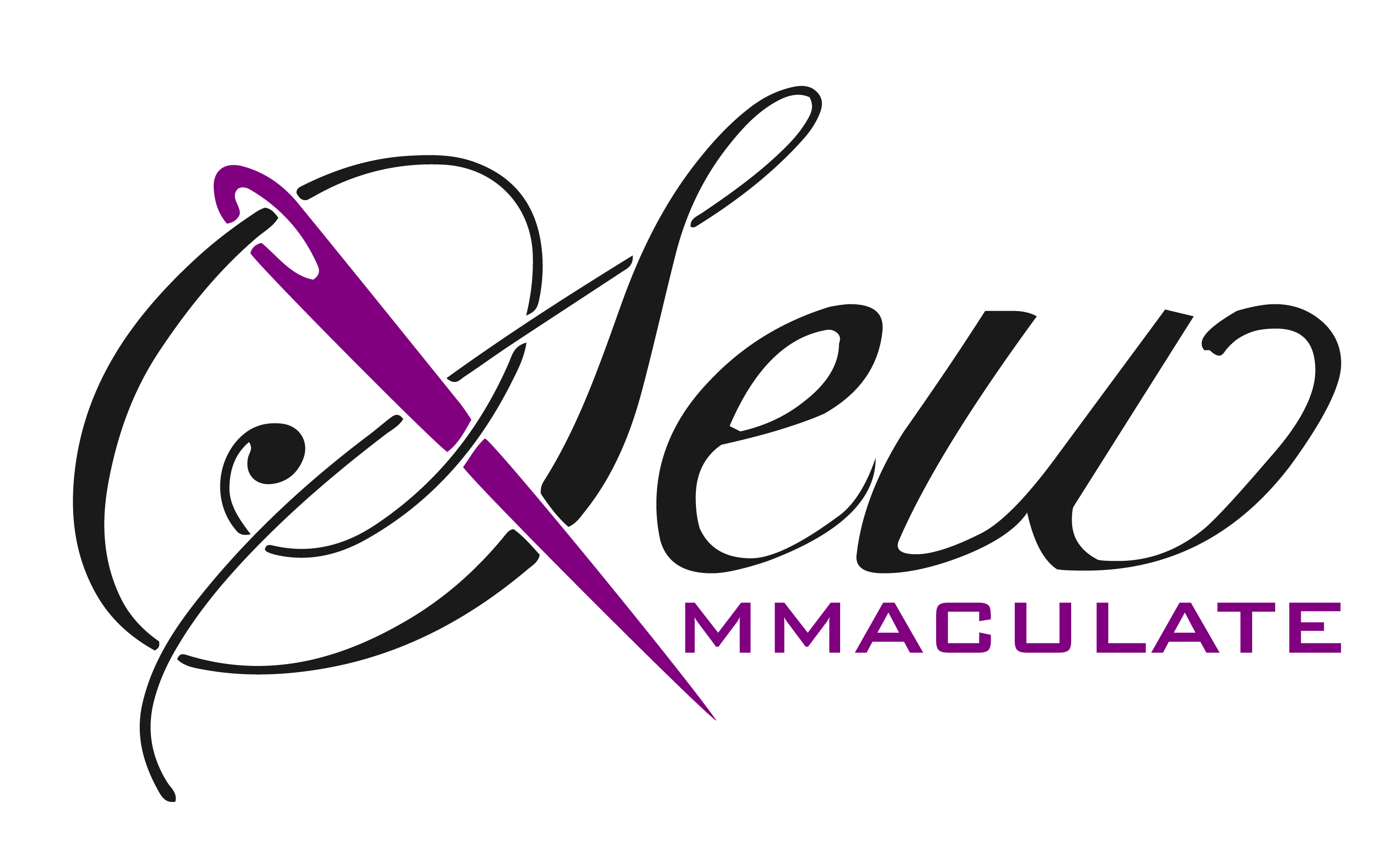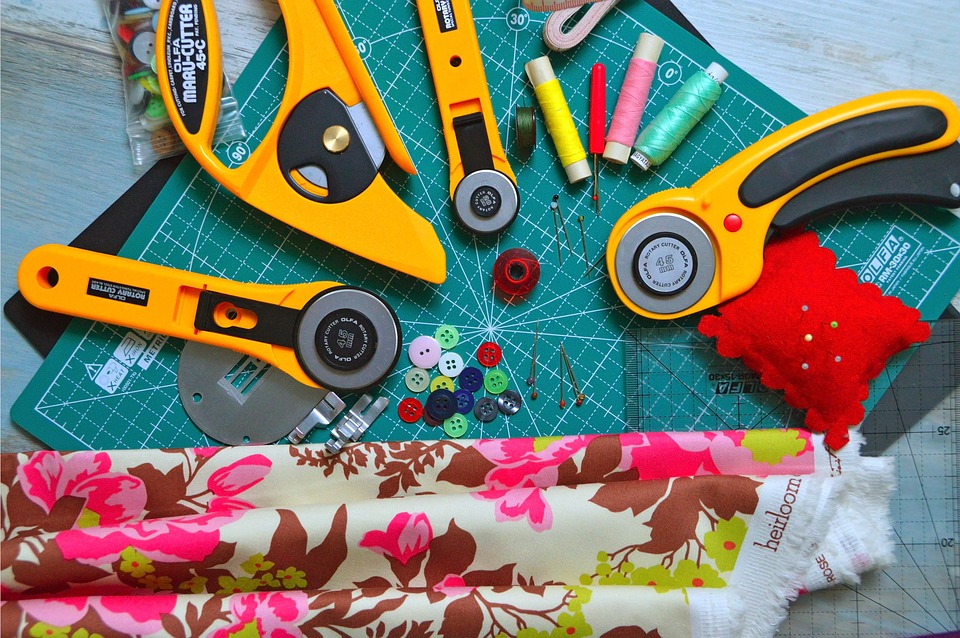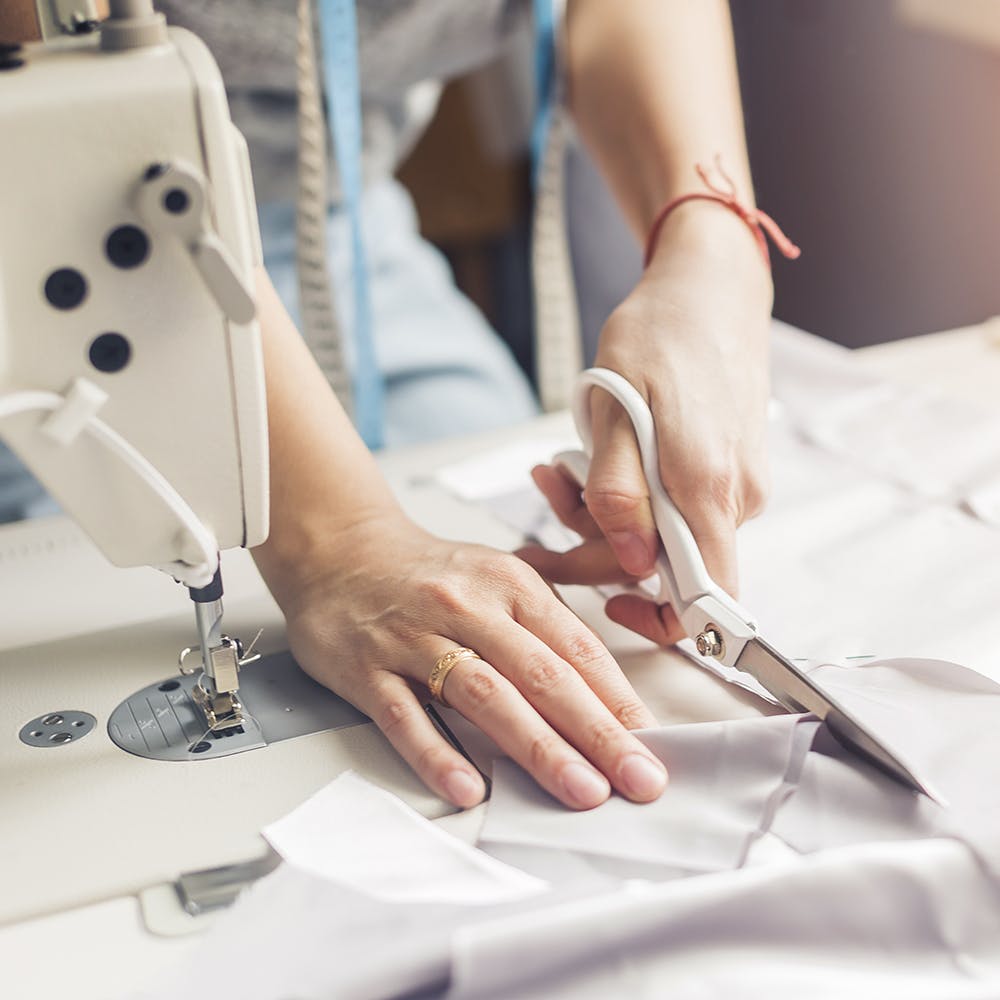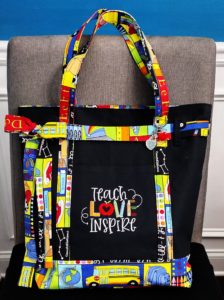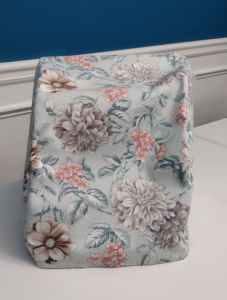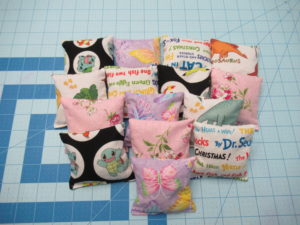Sewing is fun and rewarding but can easily turn frustrating if you don’t have the right tools for the job. When I started back sewing, I read a lot of blogs that suggested all kinds of things that were “necessary” to sew. Looking back now, I still don’t know why they listed half the stuff. In sewing, there are general things you just can’t do without; the rest are things that make sewing more convenient. Don’t be fooled thinking you need the latter for your garments to look professional.
Listed below are tools every sewer needs to get started:
SEWING MACHINE
Singer, Brother, Janome, Baby Lock, Pfaff, Juki, Bernina… Oh My! This subject deserves a post of its own, but I’ll provide a quick rundown. Every sewing machine company provides cheaper priced mechanical sewing machines and more expensive computerized sewing machines.
-
Mechanical sewing machines are the ones that you will have to set everything manually. (Tension and stitch length and widths) While not a hard thing, it’s added work and takes time to learn and troubleshoot.
-
Computerized sewing machines on the other hand, come digitally preset and have touch screens.
Both types have a set stitch count, speed and unique features that are convenient to have. If you’re starting out and are on a budget, I suggest Brother. They are reliable and give you more features without the added price tag. Given the choice, I’d also choose a computerized sewing machine over a mechanical. The Brother CS6000i has proven best in class year after year. Unfortunately, Covid has run sewing machine prices up, so this may not be in your budget, or you may prefer a mechanical one instead. In that case, machines like the Brother SM3701 (with the 3 adjustable dials) are a great option too.
THREAD
Not all thread is created equal! Many people make the mistake of buying spools of threads from bargain bins or what’s on sale. (I have been guilty of this myself) What I’ve come to learn is those cheaper threads will ruin your sewing machine. Over time, they pile lint and create gunk inside your machine. That can’t be good right? So, what brand should you get? That’s an individual answer based on type of sewing and your budget. For general sewing most professionals recommend Guttermann, Mettler and Aurifil. All three of these are cross wound threads. Coat and Clark is single stacked and while the most cost effective, it produces a lot of lint, so I don’t recommend it. You can definitely “get by” using it, just be sure to clean your machine and keep up the maintenance.
NEEDLES
There are different types of needles needed when sewing. The main needles are universal, ball point (stretch), jean, quilting, and embroidery. Starting off, you don’t need every kind, you just need the kind that matches the type of sewing you will be doing. Each needle comes with numbers that pertain to the thickness of the fabric you will be using. The lower the number the lighter the fabric ex: 70/10, 80/20, 90/40. Petro at EasyPeasy Creative does a good job at explaining needles and their sizes in depth. For your convenience I added her chart below to use as a quick reference.
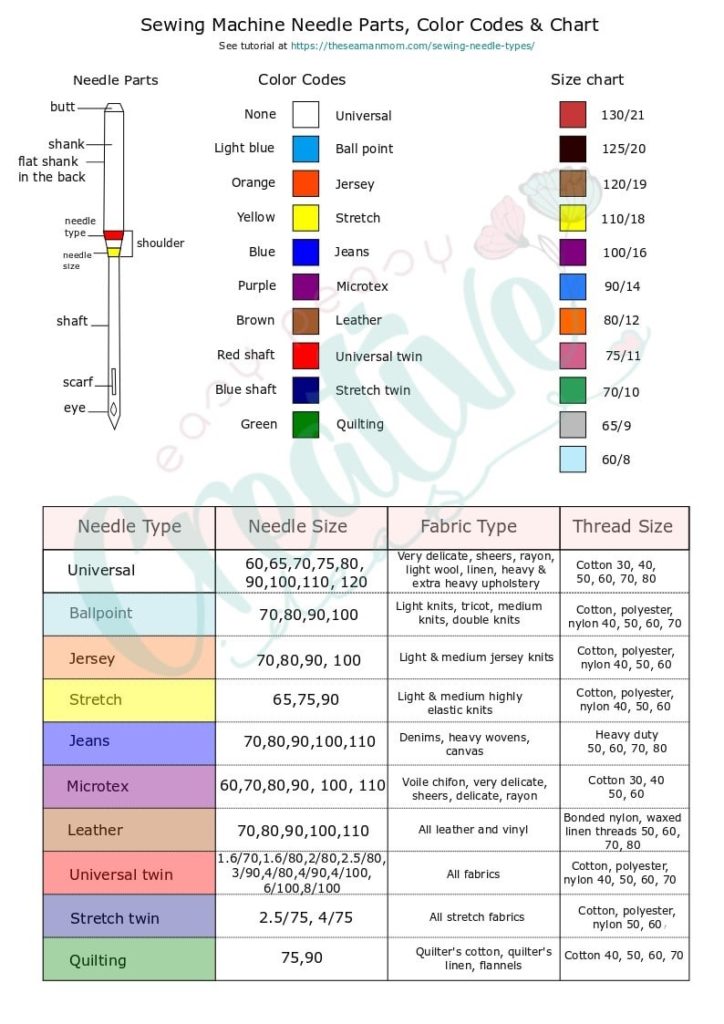
FABRIC
Fabric is obviously a personal choice. However, what you are making will also determine the type of fabric that you can choose. If you are using a retail pattern from, say Simplicity or McCall, it will list fabric suggestions. For those of you that are not, a good rule of thumb is to use rayon, polyester and jersey when making things that require stretch and fabrics like cotton, twill, and linen when sewing things that don’t require stretch. I personally would not recommend chiffon, satin, or silk to beginners. These fabrics can be tricky and require more work to construct.
TOOLS
-
Fabric Scissors– There is a difference between fabric scissors and the scissors you cut paper with. While you can cut fabric with regular scissors, they will dull very fast and become useless. There are several companies to choose from such as Wescott, Fiskars and Gingher. While Gingher is the best in the business they come at a price. The cheaper options will due until budget allows. If you can splurge, I’d recommend doing so, but they are not a must.
-
Measuring Tape– There really isn’t a specific measuring tape to get. Any will do. You can easily get one at the dollar tree and they have the keychain ones that retract.
-
Ruler– There are several types of rulers that are designed to make sewing easier, but I’m suggesting a basic ruler here. This can even be an old school ruler. A clear acrylic ruler is better for obvious reasons, but you can get by without one to start off. Likewise, hip and bodice rulers are helpful, but not a must for someone starting out. Plus using them can be confusing at first.
-
Chalk/Marking Tools– You’re going to need something to mark your fabric with. There are chalks, markers, pens, and pencils. This category is more preference and budget. The cheapest marking tools are just as good as the most expensive ones. I’ve tried every kind and I always default back to chalk.
-
Pins– You’ll need pins to hold your fabric together. There are straight pins, ballpoint pins, pearlized pins and flat pins. The latter 2 are upgrades. You’ll need straight pins for most fabrics and ball point pins if you work with a lot of knits.
-
Bobbins– You’ll need a bobbin for every different color thread you choose to use. If you’re buying a new sewing machine it will come with a couple, but not nearly enough.
-
Seam Ripper– This is a must because even the best of us mess up and have to undo a stitch or 10.
-
Paper– If you are going to be drawing your own pattern you will need paper. You can get pattern paper, but craft paper works just as well and is cheaper.
-
Storage– You will need something to put all your sewing notions and fabric in. A few suggestions are storage containers, craft boxes, bookshelves, and dresser cabinets.
-
Table/ Counter– Basically any place you can place a sewing machine and notions that won’t tip over. Don’t be dismayed by the fancy sewing rooms with luxurious tables you’ll see in YouTube videos. While fabulous, they’re not NECESSARY. You’ll also need space to cut your fabric.
-
Iron/ Ironing Board– This can be your regular household iron or an upgraded steam iron with all the bells and whistles. The key here is to be able to press your seams after sewing.
***I’ve added the following list of tools as “good to have”. They are not necessary for beginners; however, they have proven useful to many***
GOOD TO HAVE
-
Rotary Cutter– This is on my good to have list because it makes things a lot easier, but it’s not necessary to sew. There are several brands which all vary in price, but Olfa is regarded as the best. In my experience you get what you pay for with rotary cutters.
-
Pinking Shears/ Fray Check– Some people swear by these as a beginner as an alternative to having a serger, I personally have never used pinking shears, so won’t put it under must have. The concept is the same for both- to keep fabrics from fraying.
-
Seam Gauge– This is mostly useful when hemming but can be used for buttonholes as well. It’s not a must a because a standard measuring tape or ruler can be used in its stead.
-
Patterns– Patterns are useful to have and takes all the guesswork out of trying to figure out what measurements you need to get the look you want.
-
Cutting Mat– If you are getting a rotary cutter, you will need a cutting mat to cut on. However, a cutting mat is good for more than that. You can use it to lay your fabric on and measure where to cut, making this a time reducing “good to have”.
-
Serger– A serger is not a must have for a beginner, but it is extremely useful in making your garments look professional.
-
Tube Turner– This tool will come in handy if you sew things with straps or if you make bow ties and need to turn the fabric inside out. You’ll be amazed at how much time you save.
-
Twin Needle– Also not a must have, but it is useful for making hems look nice. It is also used to make certain fancy stitches on some sewing machines.
